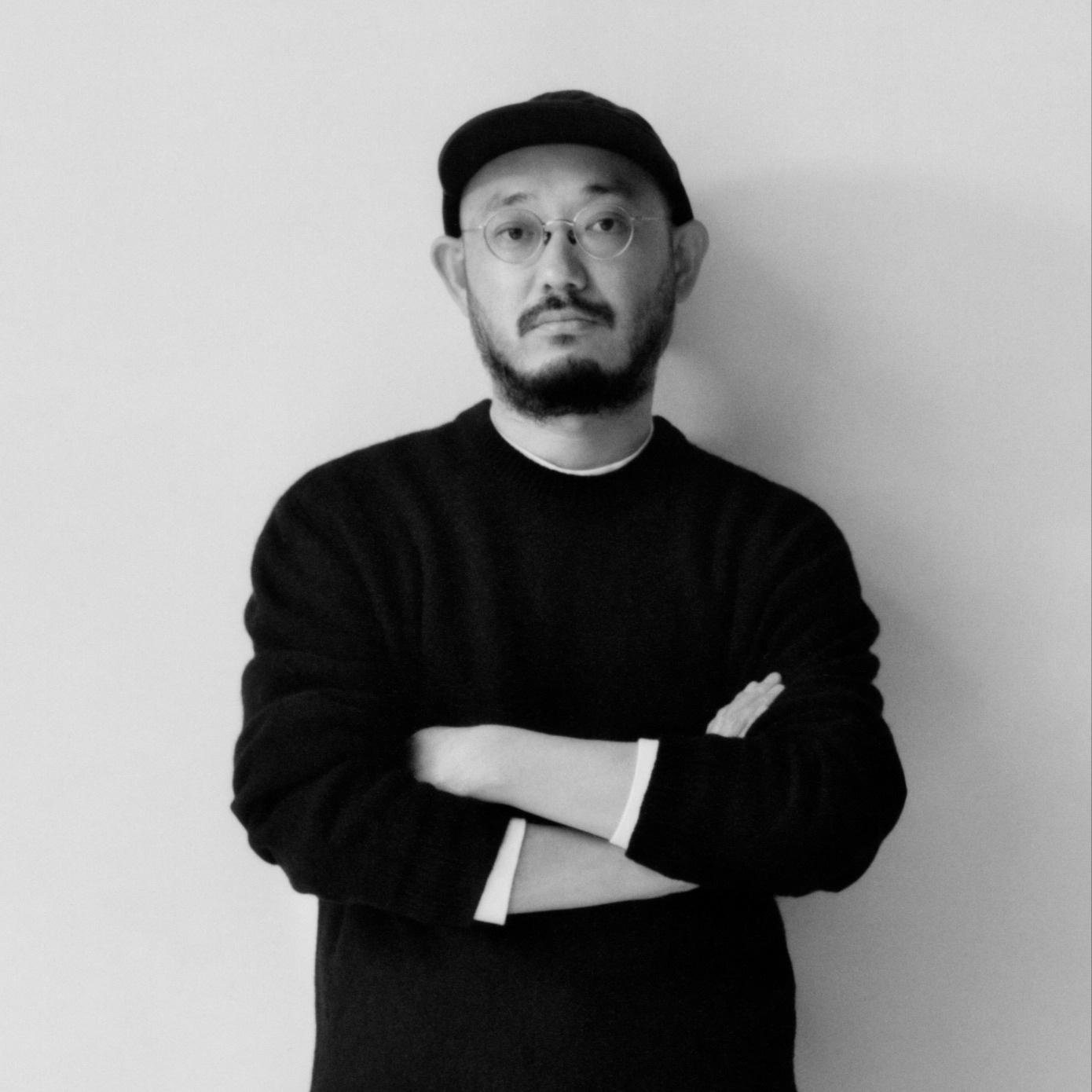Entering a Gucci boutique is an experience in and of itself. The luxury fashion house imbues each with a sense of contemporary luxury: material palettes skew toward marble and fine fabrics, and the shopping experience is top of its class. On April 27, when Gucci reopened its newly relocated store at The Shops at Crystals in Las Vegas, Nevada, visitors were greeted by 12,000 square feet of welcoming, familiar and impressively relaxed space, perhaps surprising for its being situated at the heart of the strip. Over two sprawling floors, the shop showcases an expansive collection of men’s and women’s fashion, handbags, luggage, leather goods and more in interiors elegantly adorned with Italian terrazzo marble floors layered with vintage rugs, satin-wrapped walls and luxurious chairs, tables and side tables.
However, what makes the design of this store especially unique is a large hand-painted mural by artist, Ignasi Monreal, who previously collaborated with Gucci on its Spring Summer 2018 advertising campaign as well the Gucci Hallucination campaign and collection. His latest work in the Las Vegas boutique blends the lively spirit of the city with classic Italian fresco technique, resulting in an artwork that remains firmly site-specific while alluding to ancient tradition. Cultured spoke to the artist about what this time-jumping experiment means to him.

Cultured Magazine: What aspects of the mural's design are purposeful in order to flow with the rest of the store?
Ignasi Monreal: Everything. When I first began sketching the mural, the fact that it had to be painted along a staircase connecting two floors became my starting point, which helped me choose the theme of “Ascension Into Enlightenment.” The environment and colors of the space also influenced my palette; knowing that the dominant color was a green mint, I chose to complement it with the orange tones of the Nevada desert.
CM: How has Gucci served as a source of inspiration for this mural?
IM: All of the characters are dressed in iconic looks from Alessandro Michele's reign at the helm of the brand. After painting the 2018 Gucci Hallucination campaign and the mural at the Gucci Garden in Florence, we wanted to create an evolution of that world but adapt it to Las Vegas and infuse it with over-the-top Americana. Whereas my mural in Florence is set in a Boschian world, the painting in Las Vegas is set in the Nevada desert and the City of Sin.
CM: Where did you get your inspiration from, besides Gucci?
IM: I received this commission while on a trip to Naples where I visited the San Severo chapel, which houses some of the most incredible sculptures I've ever seen, each representing an allegory of a specific virtue and showing a secret path to enlightenment. The main source of inspiration for the chapel was Cesare Ripa's 1709 book Iconologia or Moral Emblems, which has served as a guide for artists and poets for centuries, creating conventions for visual representations of abstract themes in art such as the virtues or the vices. It seemed ironic to bring the Italian tradition of moralist painting back to America's capital of sin.
CM: What themes in the mural do you hope viewers pick up on?
IM: The piece begins in the middle of the staircase, with Hercules at a crossroads with Wisdom, represented as the Greek goddess Athena, pointing him up the stairs through the difficult path of Virtue, and also Temptation, disguised as a pseudo-Eve with a snake, showing him the path of earthly pleasures through the Nevada desert that eventually leads to Las Vegas. Each character and element in the mural represent a symbol, most notably the seven capital sins sailing on a boat through the desert—Bacchus the God of wine and parties, the wheel of Fortune, Icarus, Pandora—but also the four capital virtues: Inspiration, Luck and Apollo, the God of poetry and beauty, which can be found upstairs. Alessandro Michele is also depicted as Sisyphus, carrying the weight of the brand every season with a new collection, only to have to start all over again once he succeeds.
CM: How do you feel personally connected to this work of yours?
IM: At the top of the stairs, I painted a life-size self-portrait.
CM: What do you like best about the hand painting process?
IM: Painting for hours on end on top of a scaffolding is a very physical experience compared to working on the iPad, and the risk of messing it all up and not being able to go back keeps me positively on edge. Because I'm not used to painting at this scale, there's also a sense of improvisation, which is very refreshing. But I also enjoy digital painting; I had to paint this on my iPad before coming to Vegas to paint it with oils. I've been painting digitally and animating for over sixteen years now, and what I enjoy most about it is being able to switch between the two mediums and exploring the possibilities that both offer.





